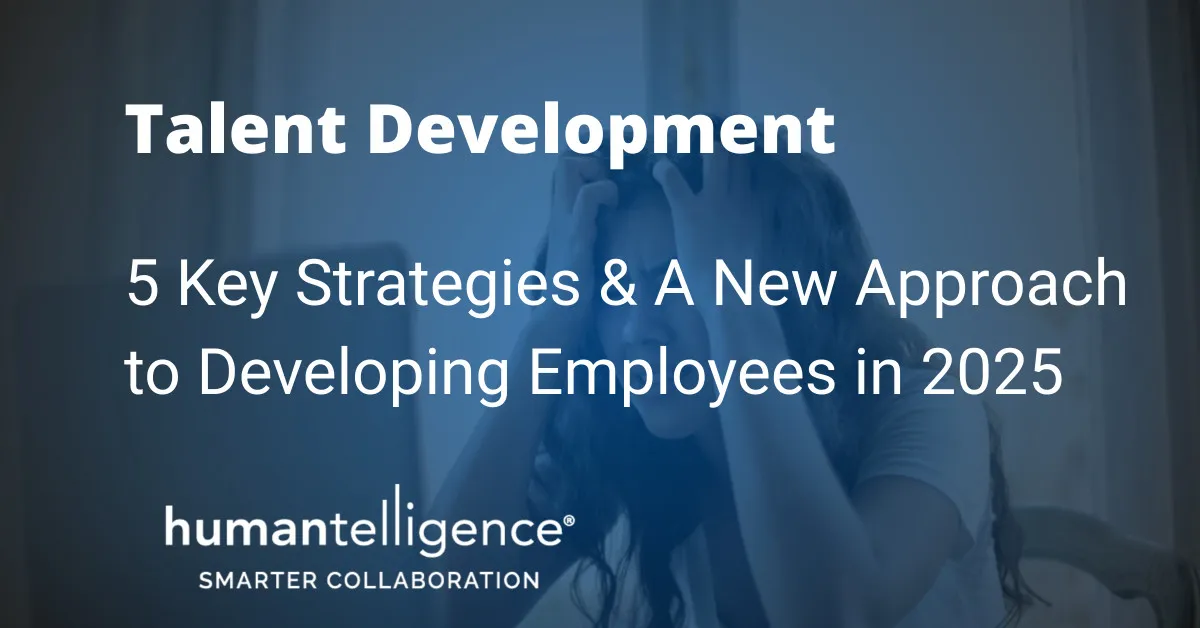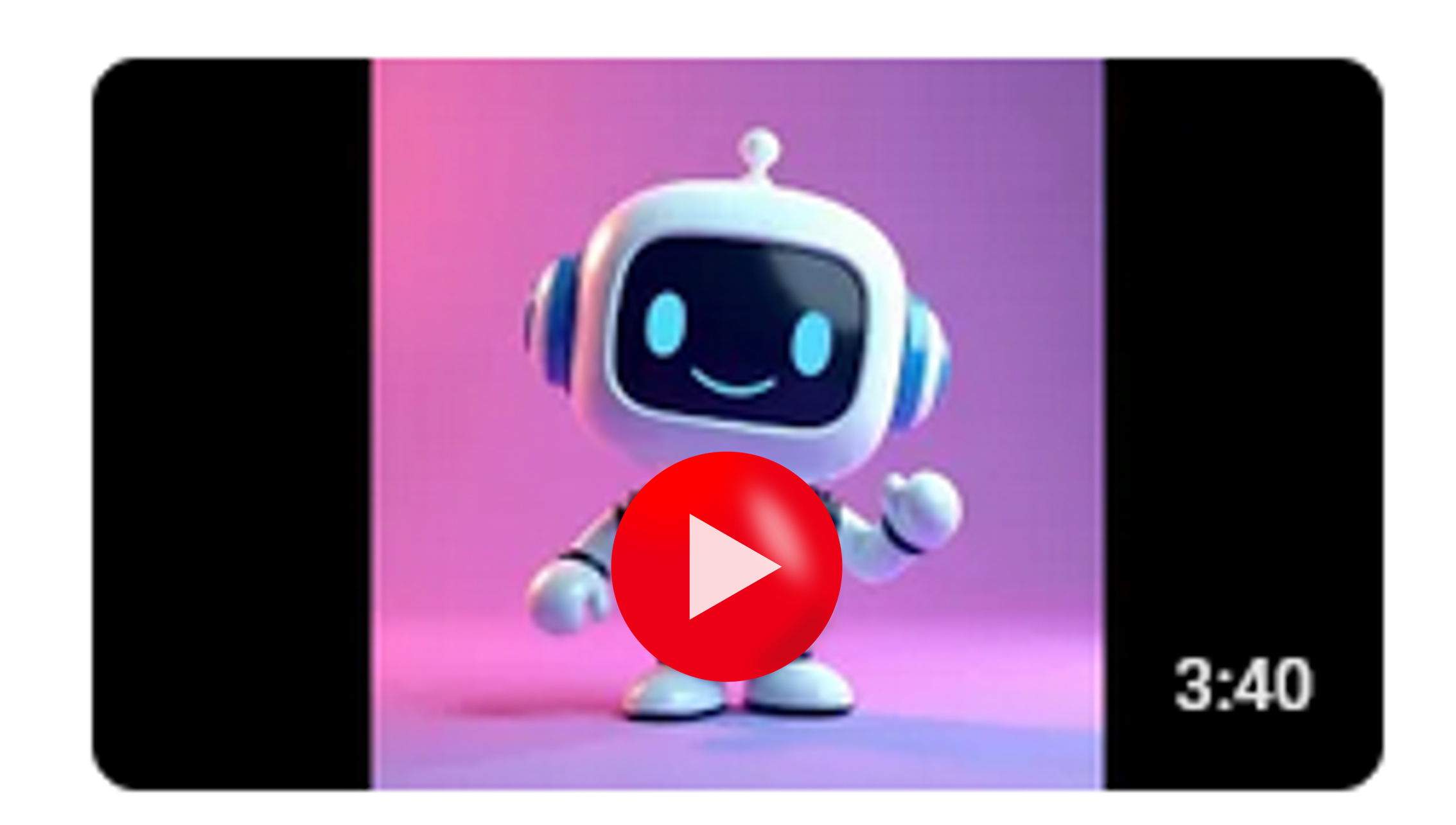
5 Key Strategies for a Successful L&D Program in 2025
- Admin
- Talent development
- 17 Dec, 2024
As we move closer to 2025, now is the perfect time to reimagine how your Learning & Development (L&D) initiatives can better support your employees. Gone are the days when one-off workshops or expensive consultants drove meaningful learning outcomes. These traditional methods no longer deliver the long-term results today’s workforce needs. Instead, modern L&D programs must embrace flexibility, personalization, and technology to remain relevant.
With remote and hybrid work models becoming the norm, reskilling, upskilling, and internal mobility have never been more essential. Research shows that 88% of employees would stay with a company if they had opportunities for career growth. However, over 60% have left a job because they didn’t see a path to advancement. Furthermore, 66% of talent professionals expect their L&D budgets to either stay the same or increase, underscoring the growing reliance on internal development.
So, how can you transform your L&D strategy to fit the future of work? Here are five key strategies to get started.
1. Embrace On-Demand Learning
Traditional, in-person workshops no longer fit the needs of today’s fast-paced, often remote, work environment. Employees want learning experiences that they can access anytime, anywhere—whether they’re at their desk, on their phone, or working from home.
On-demand learning integrates training into employees’ daily workflows, making it more relevant and easier to retain. Studies show that employees who control their own learning schedules retain 60% of what they learn, compared to just 8% in traditional settings. By offering bite-sized, accessible learning modules, you allow your workforce to continuously improve their skills at a pace that works for them.
2. Personalize the Learning Experience
Employees today expect a learning experience tailored to their specific needs, just as they do in their everyday digital interactions. Personalization has become a driving force in L&D, allowing individuals to take learning paths that align with their career goals, preferred learning styles, and areas of interest.
Using AI-driven platforms, you can deliver customized content and adaptive learning paths that reflect each employee’s unique journey. This approach not only improves engagement but also encourages a deeper investment in professional growth.
3. Focus on Agile, Cost-Effective Learning
With the constant evolution of technology and industry trends, learning must be agile and adaptable. Outdated content and slow development cycles are no longer viable. To remain competitive, organizations need platforms that enable them to quickly deploy relevant training.
Agile L&D programs allow you to respond to changes in real-time, whether it’s a new software rollout or shifting market demands. By delivering up-to-date content swiftly and cost-effectively, you keep your workforce equipped with the latest skills.
4. Build a Feedback-Driven Culture
Learning should be an ongoing process that is supported by continuous feedback. Gone are the days when feedback only came during annual performance reviews. Modern L&D programs incorporate 360-degree feedback, pulse surveys, and real-time performance management into daily operations.
By fostering a culture of feedback, you create a system where employees can regularly assess their progress, address skill gaps, and refine their development goals. Moreover, feedback platforms give managers the data they need to offer personalized coaching, which strengthens team dynamics and boosts engagement. Studies show that 87% of highly engaged employees are less likely to leave their jobs.
5. Scale Learning for Sustained Results
How often have employees returned from training programs with certificates but without the tools to apply what they learned? For most companies, this is a common issue. Within an hour of training, employees often forget more than half of the content unless they can apply it immediately.
To address this, invest in technology that brings learning into everyday workflows. Tools that offer opportunities to practice new skills in real-time can dramatically improve retention and help employees seamlessly integrate their new knowledge into their roles. This not only ensures sustained learning but also enables scalability, as the learning becomes part of the business’s ongoing operations.
Final Thoughts: The Future of L&D is Here
The traditional approach to employee development, leadership training, and team collaboration is rapidly evolving, and companies that embrace these modern strategies will see higher engagement, retention, and overall performance. By offering personalized, on-demand learning, fostering a feedback-driven culture, and integrating learning into daily workflows, you can create an L&D program that not only meets today’s needs but is also ready for the future of work.
If your budget is shrinking, and you can’t hire enough people to train and develop your entire workforce, AND you’re not getting consistent post-workshop application of content, then consider an AI-driven assessment tool like Humantelligence.
🚫Your Grandfather’s Assessment: Out-of-date assessments, one-time workshops, expensive external consultants, and traditional classroom learning don’t deliver sustained results. You can’t track them well. And they’re counter intuitive to employees’ need for personalized learning.
🗝️The Future of Assessments: AI-driven tools that allow you to scale, reinforcing the traditional assessment experience by building self-awareness for employees and integrating assessment insights right into their workflows for use every day – for daily development and improvement…low cost and at least 1,000 uses per employee per year.

